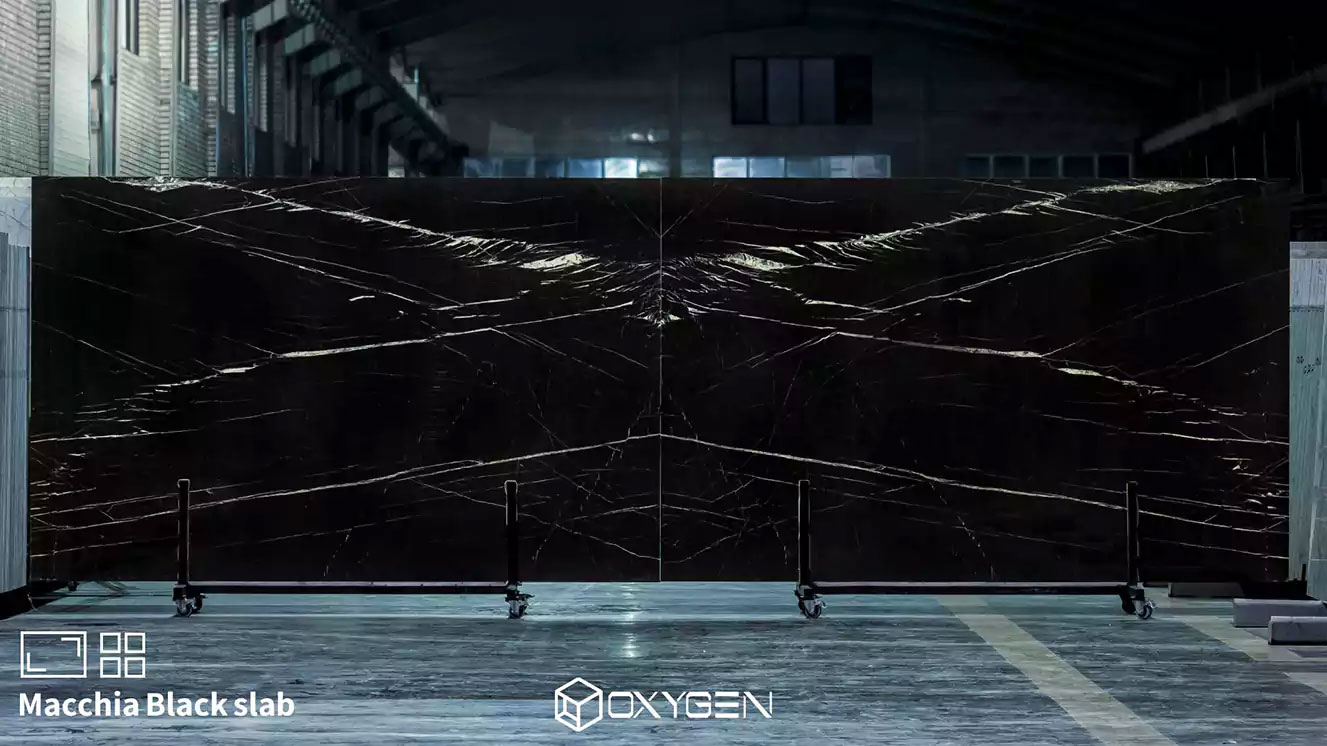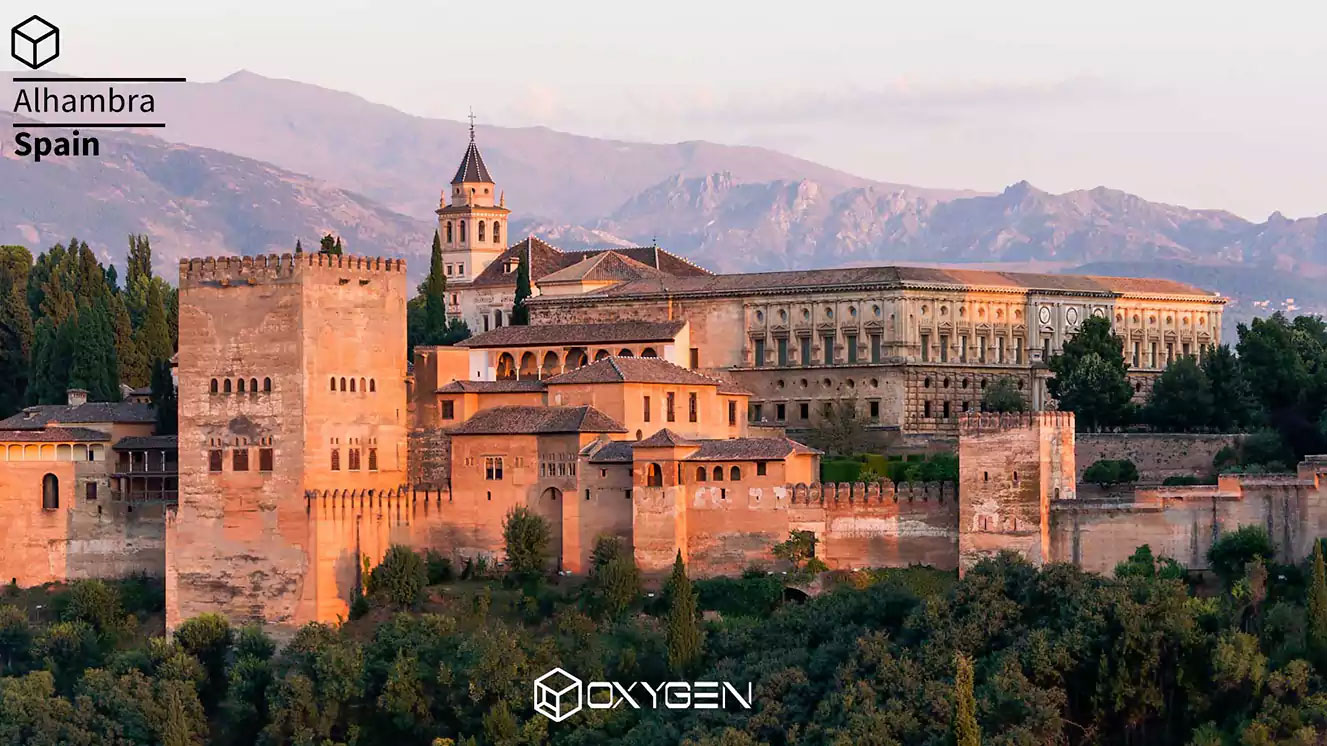
Selection of the Best Flooring Stone
Choosing the best stone for building flooring is a multifaceted process that requires careful consideration of various factors. Based on the type of building, the use of the space, climatic conditions, durability, aesthetics, maintenance, cost, and availability, you can select the best option for your project. This choice not only impacts the beauty and functionality of the space but can also affect maintenance costs and the longevity of the building. Selecting the best stone for flooring is an important decision influenced by several factors. Below, we explore these factors.
Factors Influencing the Selection of Flooring Stone
1)Type of Building :
The type of building (residential, commercial, office, industrial) significantly impacts stone selection. For example:
- Residential buildings: You might seek stones that offer beauty and ease of maintenance, such as marble or granite.
- Commercial buildings: Here, stones with durability and high resistance like granite or basalt are more suitable, as these spaces typically experience high foot traffic.
2) urpose of the Space :
The intended use of the space also affects stone selection. For example:
- Indoor spaces: In areas such as living rooms or reception areas, stones with aesthetic appeal and unique designs like marble or travertine are appropriate.
- Outdoor spaces: For landscaping or walkways, stones that withstand weather conditions and provide slip resistance, such as basalt or granite, are better choices.
3) Climatic Conditions :
The climatic conditions of the area must also be considered:
- Humid areas: Stones that are moisture-resistant, like limestone or travertine, can be suitable options.
- Cold areas: Stones that resist cold and freezing, such as granite, may be a better choice.
4) Durability and Longevity :
The stone’s resistance to scratching, impact, and moisture is of high importance. Stones like granite and porcelain are suitable for high-traffic areas due to their hardness and durability.
5) Aesthetics and Design :
The beauty of the stone and its harmony with interior decor are also crucial factors in stone selection. Marble and travertine, with their various patterns and colors, can enhance the beauty of the space.
6) Maintenance and Cleanliness :
Some stones require more maintenance. For example, marble may require more polishing and care, while granite is easy to clean and needs less maintenance.
7) Cost :
The cost of the stone should also be considered. Some stones, like marble and granite, may be more expensive, while others, such as limestone, might be more economical options.
8) Supply Location and Accessibility :
Access to different stones and their supply locations can also impact your choice. Certain stones may be more readily available in specific areas, which can affect the price and delivery time.
Features of Different Stones for Choosing the Best Flooring Stone
Choosing the best stone for building flooring depends on individual needs and personal taste. Marbled stones, granite, limestone, travertine, crystal, and basalt each have their unique characteristics and can contribute to the beauty and durability of the building space. Considering the mentioned points, you can select the best option for your project. Below, we will examine several types of stones suitable for building flooring:
1) Marble:
Historically, the use of this stone as flooring has been the most common type of flooring material. This type of flooring can add a unique beauty to the space. It can be used in the floors of places such as hotels, homes, offices, etc. The main advantage and application of marble stone in flooring are its high color variety, excellent polishability, and good adhesion with mortar. Due to their chemical and mechanical properties, marbled stones are suitable for spaces that are not exposed to extreme cold, heat, moisture, and direct sunlight. One of the most common places for marbled stones is the flooring of covered and dry areas.
2) Marmarite (Low grade Marble):
Marmarite is one of the most popular choices for flooring in luxury and high-end projects. It is available in various colors and patterns and can easily be coordinated with interior decor. Marmarite has high transparency and gloss, as well as low water absorption. This luxurious and beautiful stone is primarily used in opulent buildings and halls due to its high price; however, Marmarite is sensitive to impact and scratches and requires more care.

3) Granite:
Granite is one of the most durable and resilient stones, making it highly suitable for flooring in buildings. This stone is resistant to scratches, heat, and moisture, which is why it is commonly used in high-traffic areas such as stores, offices, commercial spaces, and educational facilities. Granite is available in various colors and patterns, contributing to the aesthetic appeal of a space.
4) Limestone:
Limestone, with its natural texture and soft colors, is an appropriate choice for both interior and exterior spaces. It is easy to clean and resistant to moisture; however, limestone may be sensitive to scratches and stains, requiring more maintenance. Its application as flooring for walkways and paving in landscaping, various buildings, bridges, and churches has been well demonstrated. One of the advantages of limestone is its structural stability, making it a timeless and accessible option.
5) Travertine:
Travertine is another natural stone that is popular in interior design due to its unique texture and warm colors. This stone is typically used in both outdoor and indoor spaces and can act as a thermal insulator due to its natural voids. Travertine is moisture-resistant, though it may be vulnerable to scratches. A downside of this stone for flooring is its susceptibility to damage from impact, as it cannot withstand excessive pressure. Compared to marble, travertine has a lower hardness and is categorized as a soft stone.

6) Porcelain stone:
Porcelain stone, or crystal stone, is very strong and resilient, with high compressive and abrasive resistance. Therefore, it is always a suitable option for flooring in industrial, educational, commercial, office, and even residential settings. The high density and compactness of porcelain stone result in very low water absorption, preventing corrosion or wear. Additionally, this stone is highly resistant to cleaners and acidic substances, making it easy to install in environments like bathrooms and kitchens.
7) Basalt stone:
Basalt stone is well-suited for both outdoor and indoor spaces due to its high durability and anti-slip properties. Typically available in dark colors, it can enhance the modern design of a space.
Stone Flooring in famous buildings in the world
Some famous examples of important structures around the world that have used various types of stones for flooring include:
1. The Taj Mahal, India: The iconic white marble mausoleum in Agra, India, features intricate marble inlay work on its floors, showcasing the beauty and craftsmanship of this natural stone.

2. The Colosseum, Italy: The ancient Roman amphitheater in Rome is known for its use of travertine stone, a type of limestone, in its construction, including the flooring of the arena.
3. The Alhambra, Spain: This stunning palace and fortress complex in Granada features intricate geometric patterns and designs on its floors, made from colorful tiles and marble stones.

4. The Sheikh Zayed Grand Mosque, UAE: The grand mosque in Abu Dhabi boasts a vast expanse of white marble flooring, adding to the opulence and grandeur of the architectural masterpiece.
5. The Forbidden City, China: The imperial palace complex in Beijing showcases traditional Chinese architecture with stone-paved courtyards and pathways made from various types of stone, including granite and marble.
These structures highlight the use of different types of stones in flooring to enhance the beauty, durability, and cultural significance of the architectural designs.


